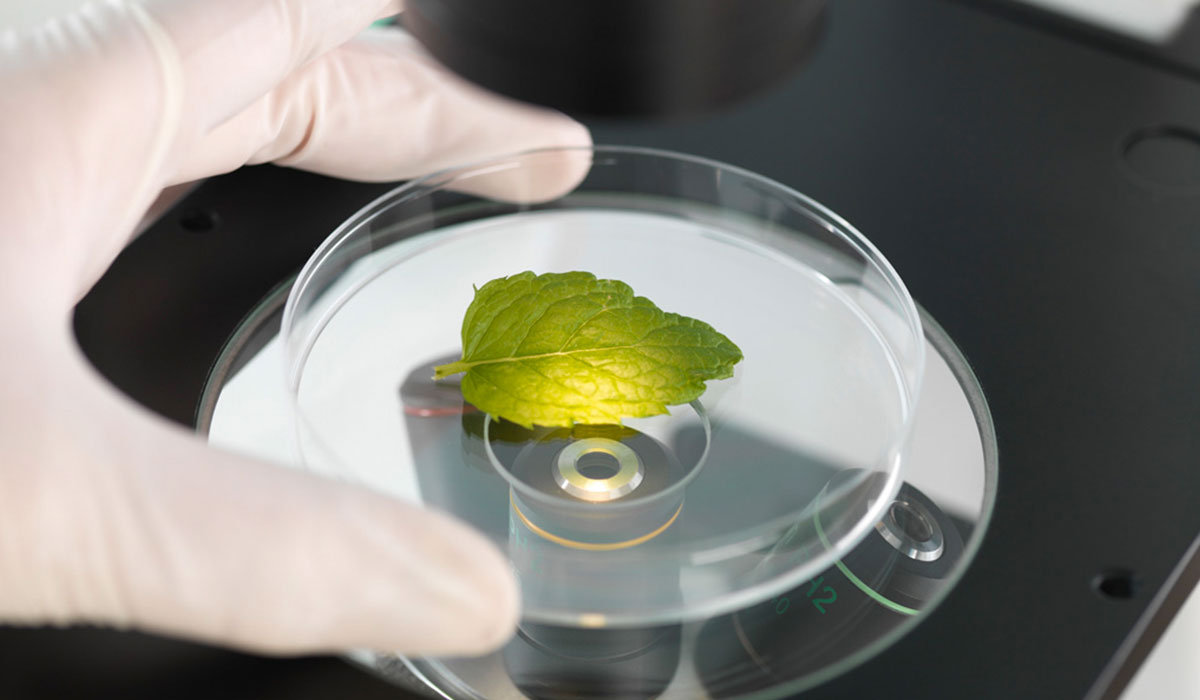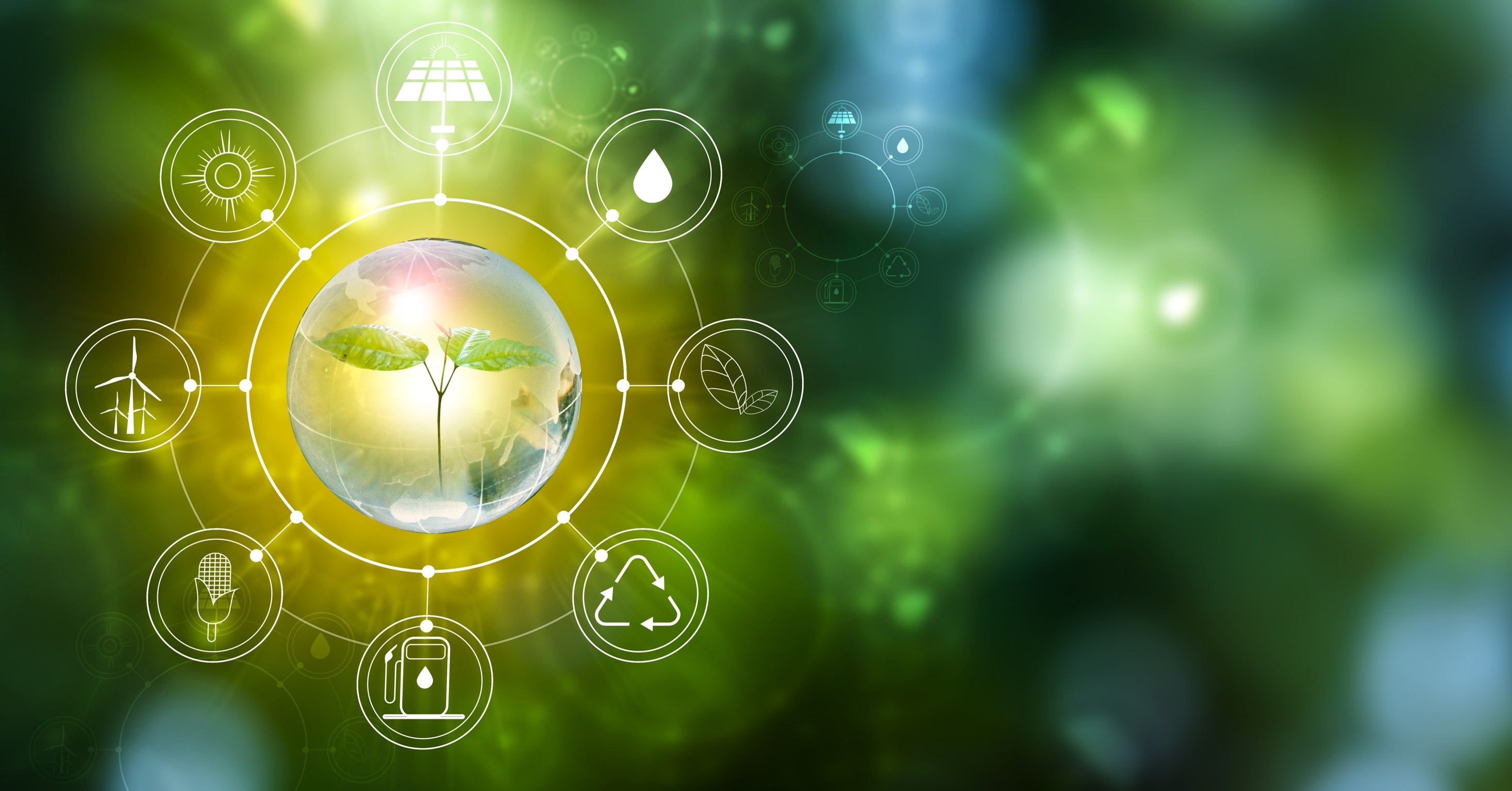
It comprises 3 approaches: electrochemical conversion with solar power, direct conversion via photo(electro)chemical systems and direct conversion via biological and biohybrid systems (i.e., living photosynthetic cell factories).? Around 100 research groups worldwide are working on understanding basic relationships and developing prototypes. Most of the available systems show low? solar-to-chemicals conversion efficiencies and need significant improvements in order to serve as industrial-scale production platforms. The goal in the near future is to increase performance to 10% solar-to-hydrogen efficiency. Efforts are aimed at increasing the efficiency to 30% by 2050. Furthermore, artificial photosynthesis could benefit from progress in the field of CO2 capture and from the development of photovoltaic components. Source [84]
[84] SATW, 2021. Technology Outlook 2021.
